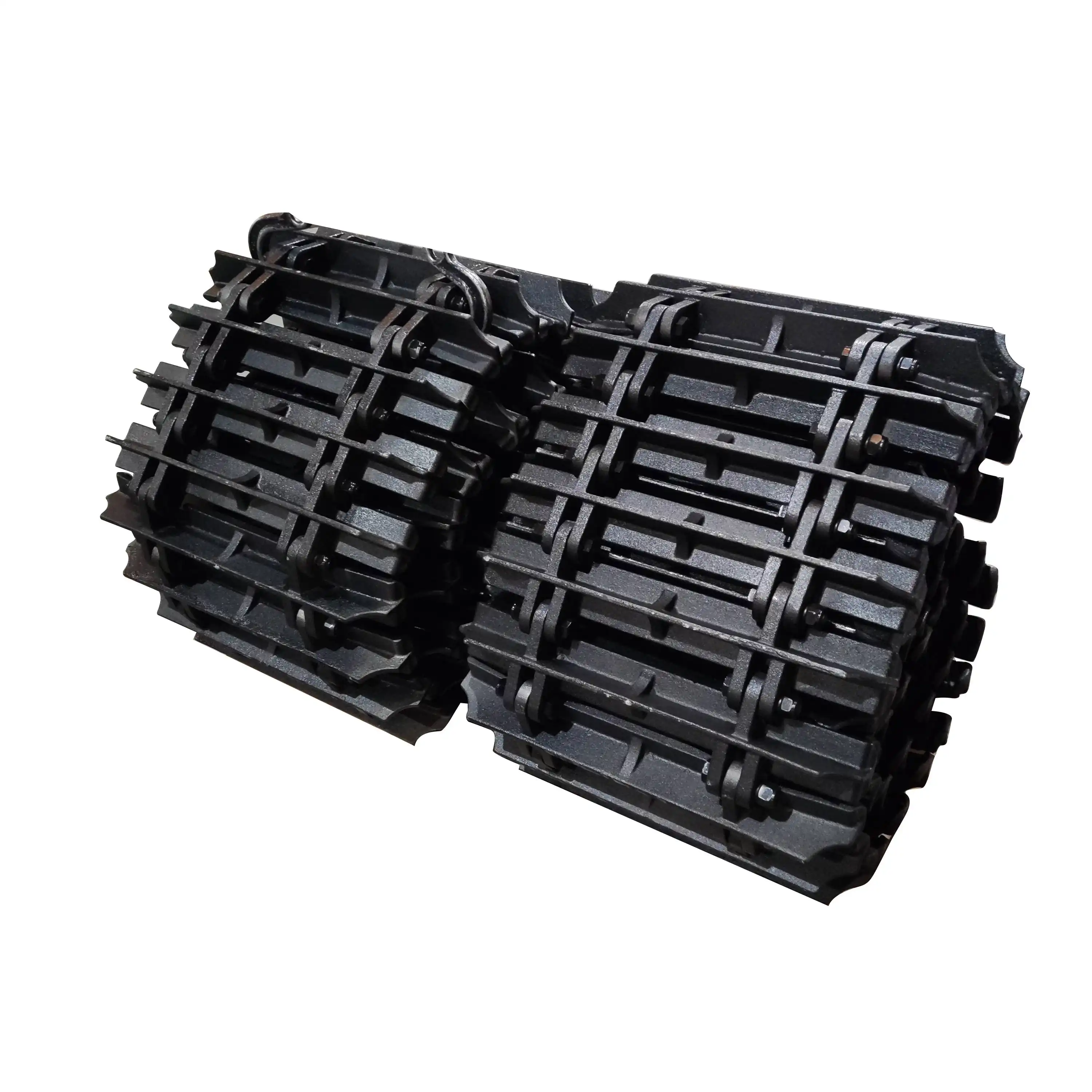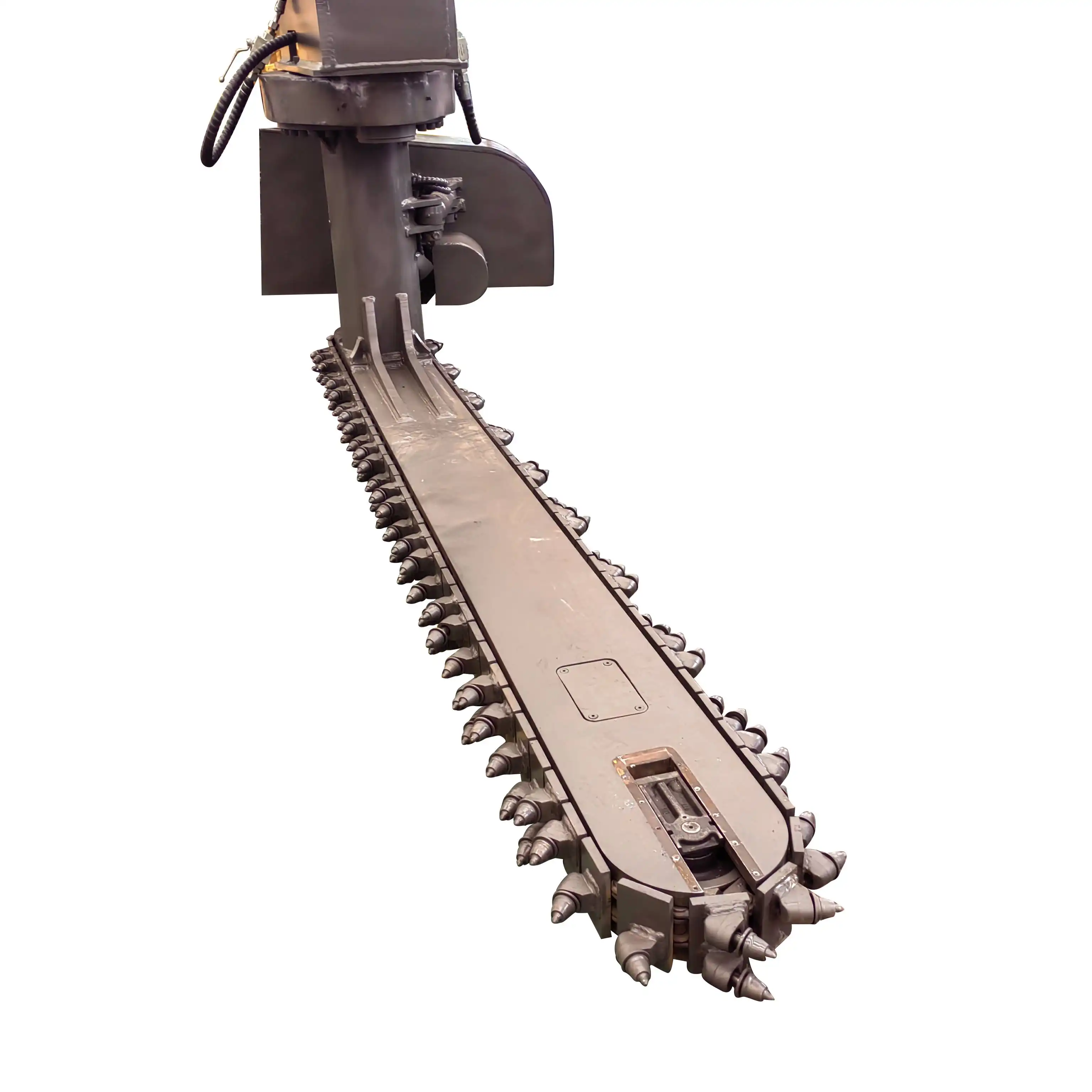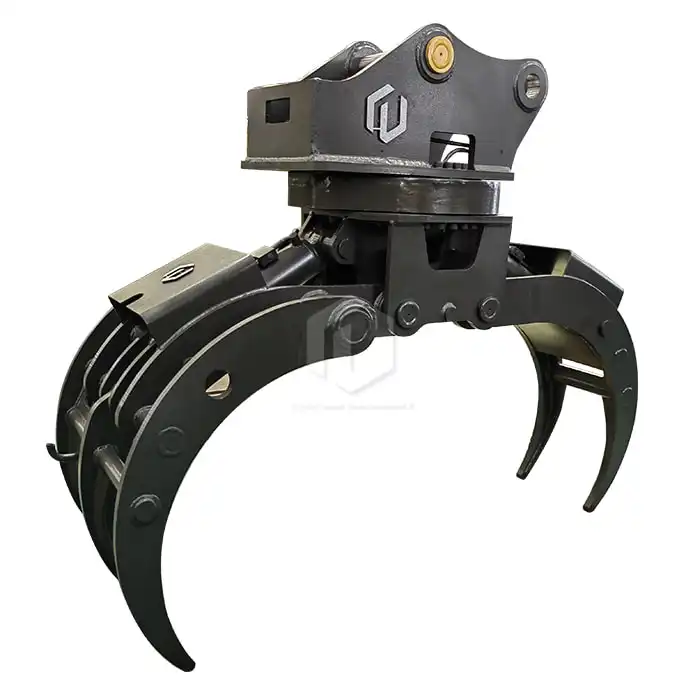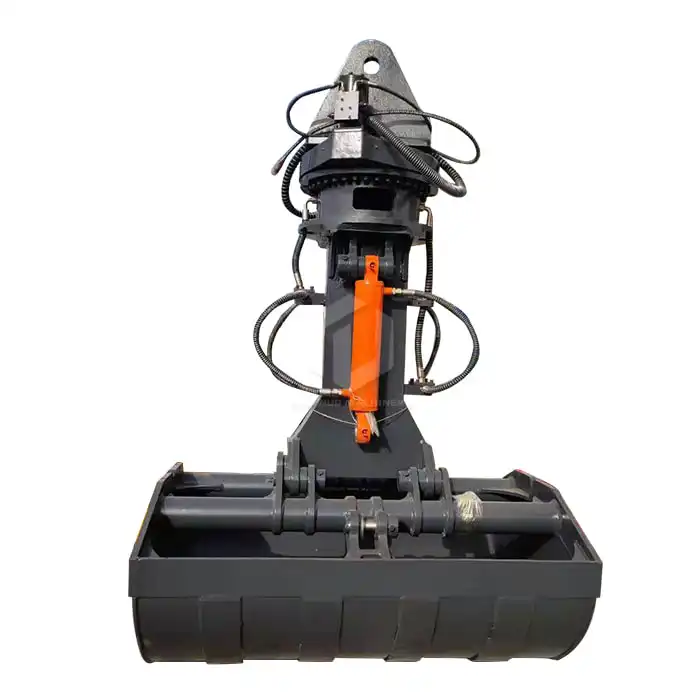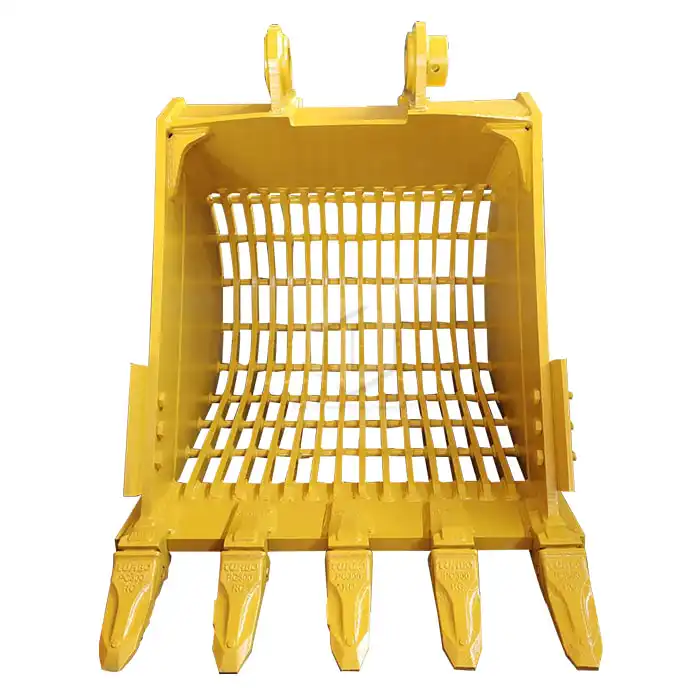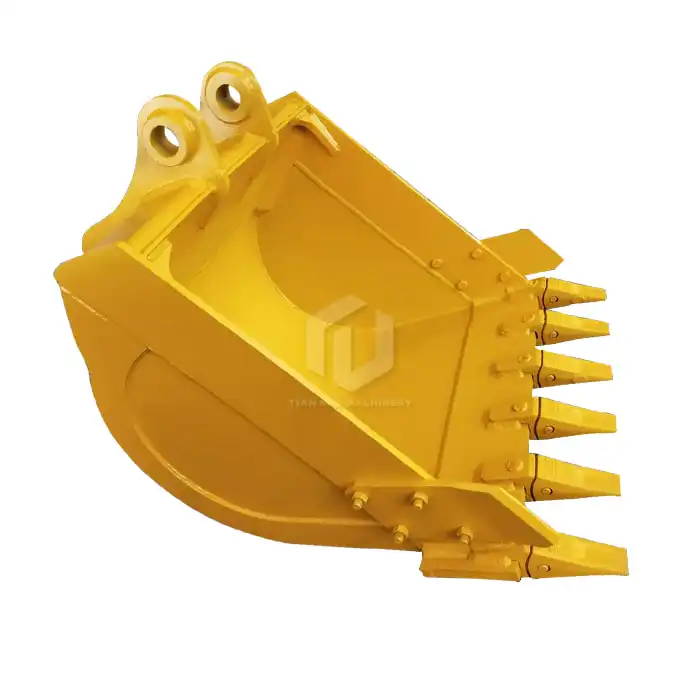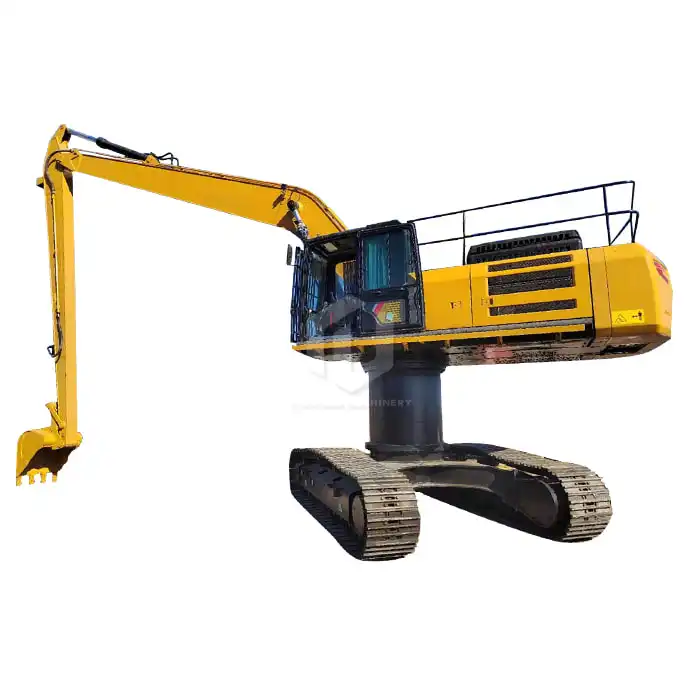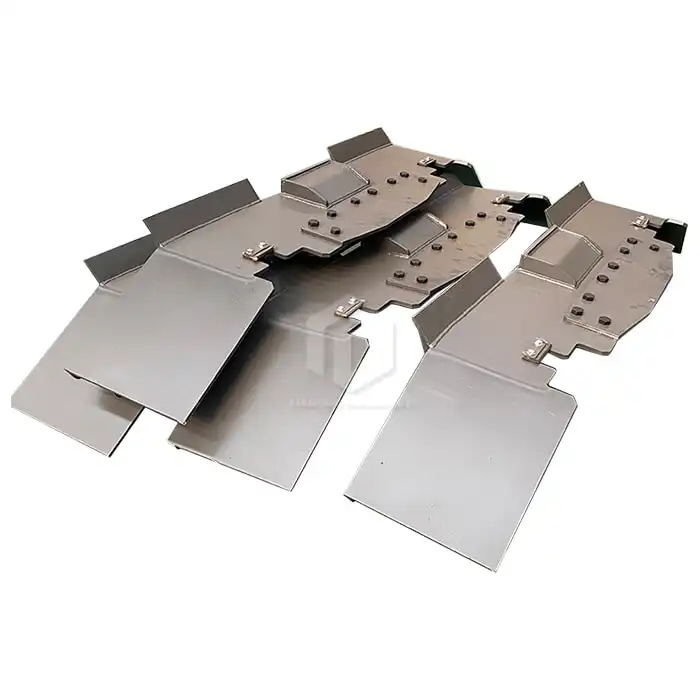What is a rail track trolley?
In the world of railway maintenance and construction, efficiency and safety are paramount. One essential piece of equipment that plays a crucial role in these operations is the rail track trolley. This versatile tool has revolutionized the way workers transport materials, equipment, and personnel along railway tracks. In this comprehensive guide, we'll explore the definition, design, operation, and core features of rail trolleys, shedding light on their importance in the railway industry.

Defining Rail Track Trolleys: What Are They?
A rail track trolley, also known as a rail trolley or track car, is a specialized vehicle designed to travel on railway tracks. These trolleys are primarily used for maintenance, inspection, and transportation purposes within railway systems. Unlike traditional railway vehicles, rail trolleys are typically smaller, more maneuverable, and can be easily operated by a small crew.
One of the key advantages of rail track trolleys is their ability to access areas that might be difficult or impossible to reach with larger railway vehicles. This makes them particularly useful for inspecting track conditions, performing minor repairs, and transporting workers to remote sections of the railway network. Additionally, rail trolleys can often be quickly removed from the tracks when not in use, allowing regular train traffic to resume without interruption.
How Are Rail Track Trolleys Designed and Operated?
The design of rail track trolleys is a careful balance between functionality, safety, and efficiency. These vehicles are engineered to be lightweight yet sturdy, capable of carrying substantial loads while remaining easy to maneuver on the tracks. The basic structure of a rail trolley typically consists of a platform or frame mounted on wheels that are specifically designed to run on railway tracks.
One of the most critical aspects of rail trolley design is the wheel configuration. The wheels are typically made of high-strength materials like 40Cr, which offers excellent durability and wear resistance. These wheels are precisely machined to match the profile of the railway tracks, ensuring smooth and stable movement along the rails. The number of wheels can vary depending on the size and load capacity of the trolley, but most designs feature four or more wheels for optimal stability.
Its frame is usually constructed from robust materials such as Q355 steel, which provides the necessary strength to support heavy loads while keeping the overall weight of the trolley manageable. The size of the frame can vary significantly, with some models measuring around 1700 mm by 2000 mm, offering ample space for equipment and materials.
Operation of rail track trolleys can be manual or motorized, depending on the specific model and application. Manual trolleys are typically pushed or pulled by workers and are ideal for short distances or light loads. Motorized rail trolleys, on the other hand, are equipped with engines or electric motors that provide the power to move along the tracks. These motorized versions are particularly useful for covering longer distances or transporting heavier loads.
One of the key operational features is their adaptability to different track gauges. Many modern trolleys can accommodate various standard track gauges, such as 1000 mm, 1067 mm, 1435 mm, and 1520 mm. This flexibility allows the same trolley to be used across different railway systems, increasing its versatility and cost-effectiveness.
Safety is a paramount concern in the design and operation of rail track trolleys. Most models are equipped with braking systems to ensure they can be stopped quickly when necessary. Additionally, many rail trolleys feature safety mechanisms that allow them to be quickly removed from the tracks in case of an approaching train. Proper training for operators is essential to ensure the safe and effective use of these vehicles.
Core Features of Rail Track Trolleys
Rail track trolleys are equipped with a range of features that make them invaluable tools in railway maintenance and operations. Understanding these core features helps to appreciate the versatility and importance of these specialized vehicles:
- Load Capacity: Rail track trolleys are designed to carry substantial loads, with some models capable of handling up to 30 tons. This high load capacity makes them ideal for transporting heavy equipment, materials, and even small work crews along the tracks.
- Adaptability: Many rail trolleys are designed to work with a variety of host machines, ranging from 5 tons to 10 tons. This adaptability allows for greater flexibility in railway maintenance operations, as the same trolley can be used with different types of equipment.
- Track Gauge Compatibility: As mentioned earlier, modern rail trolleys are often designed to work with multiple track gauges. This feature is particularly important for railway systems that operate on different gauge standards or for maintenance companies that work across various railway networks.
- Maneuverability: Despite their robust construction and high load capacity, rail track trolleys are designed to be highly maneuverable. This allows operators to navigate tight curves, switches, and other challenging track configurations with ease.
- Customization Options: Many manufacturers offer customization options for rail trolleys, allowing buyers to tailor the vehicle to their specific needs. This can include modifications to the frame size, wheel configuration, power source, or the addition of specialized equipment mountings.
- Safety Features: Rail trolleys are equipped with various safety features, including emergency brakes, lighting systems for low-visibility conditions, and in some cases, collision avoidance systems. These features are crucial for ensuring the safety of operators and other railway personnel.
- Ease of Maintenance: Well-designed rail trolleys are built with maintenance in mind. They often feature easily accessible components and use standardized parts, making routine maintenance and repairs straightforward and cost-effective.
- Environmental Considerations: Many modern rail track trolleys, particularly those with motorized propulsion, are designed with environmental considerations in mind. This can include the use of electric motors or fuel-efficient engines to reduce emissions and noise pollution.
The combination of these features makes rail track trolleys essential tools in the railway industry. They provide a safe, efficient, and versatile means of conducting maintenance, inspections, and transportation tasks along railway tracks. As railway systems continue to evolve and expand, the role of rail track trolleys in maintaining and operating these networks is likely to grow in importance.
Rail Track Trolley For Sale
Welcome to Tiannuo Machinery, your reliable partner in the field of heavy machinery. Our dedicated team is always ready to assist you. You can reach out to our esteemed manager at arm@stnd-machinery.com for any inquiries or business discussions. Additionally, our professional team members are available at rich@stnd-machinery.com and tn@stnd-machinery.com to provide you with prompt and comprehensive support.
Our flagship product, the rail track trolley, is designed to meet a wide range of industrial needs. It is compatible with host machines ranging from 5 tons to 10 tons, ensuring versatility in various applications. The trolley boasts an impressive size of 1700 mm by 2000 mm, providing ample space for your operations.
One of the standout features of our Rail Track Trolley is its adaptability to different track gauges. It can accommodate track gauges of 1000 mm, 1067 mm, 1435 mm, and 1520 mm, with the added advantage of customization options to perfectly fit your specific requirements. This flexibility makes it an ideal choice for diverse railway systems.
References
- Railway Technical Web Pages. (2021). "Track Maintenance Vehicles."
- International Union of Railways. (2020). "Railway Maintenance Equipment."
- Federal Railroad Administration. (2019). "Track and Rail and Infrastructure Integrity Compliance Manual."
- European Railway Agency. (2018). "Railway Safety Performance in the European Union."

